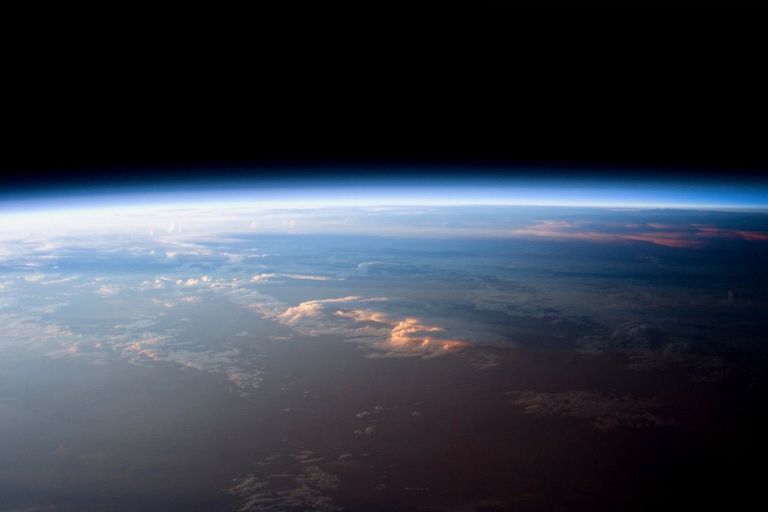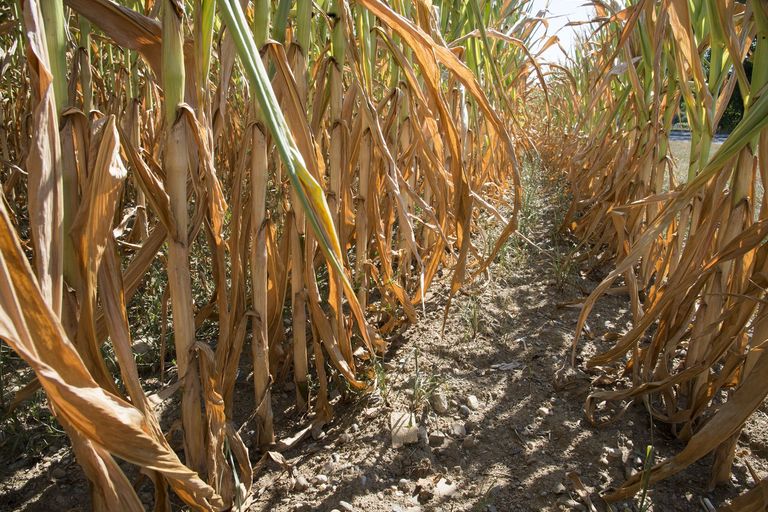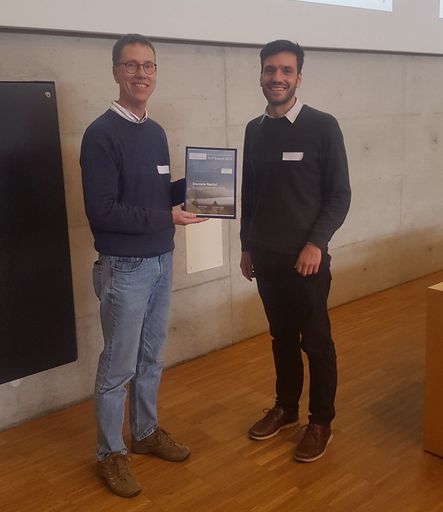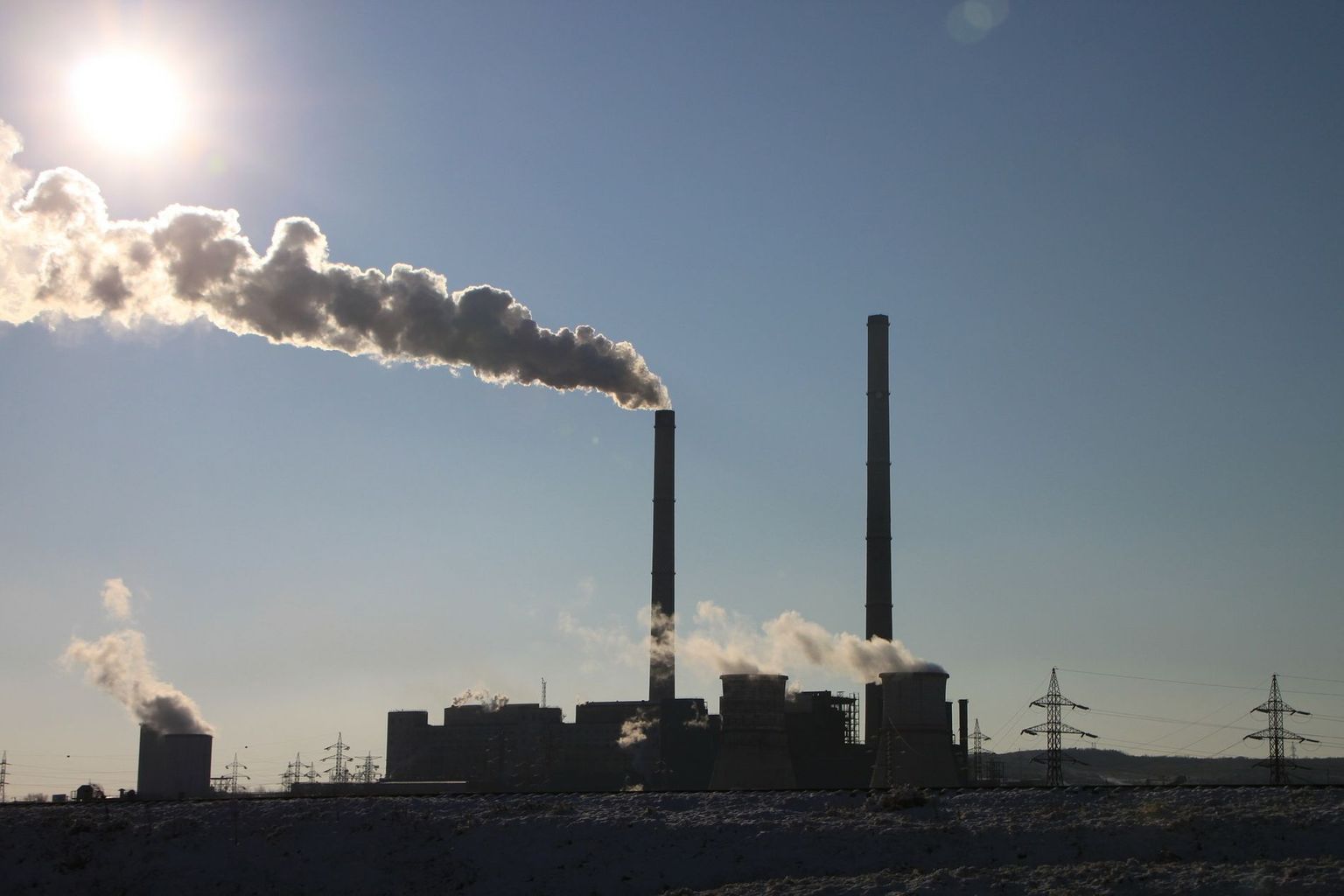
Atmospheric Chemistry and Physics ACP Award 2023
At the occasion of the Swiss Geoscience meeting in Mendrisio in November 2023, the ACP Award for Atmospheric Research was presented to Marina Friedel for her PhD thesis "The role of Arctic ozone in forcing Northern Hemispheric climate". Her work shows that the springtime Arctic ozone depletion causes surface anomalies across the Northern Hemisphere on both seasonal and multi-decadal timescales. Her results were recognised in the summary report of the 2022 WMO/UNEP Ozone Assessment.
Immagine: NASA
Atmospheric Chemistry and Physics ACP Award 2022
At the occasion of the Swiss Geoscience meeting in Lausanne in November 2022, the ACP Award for Atmospheric Research was presented to Lea Beusch for her PhD thesis ‘MESMER – A Modular Earth System Model Emulator with Spatially Resolved Output’. In her thesis, she developed a regional Earth System Model (ESM) emulator, which is able to emulate the output of geographically-resolved ESMs, based on a given global temperature input. Lea Beusch demonstrated how MESMER can be used to recombine global and regional features of ESMs to cover a larger phase space with the emulator, potentially including observational constraints.
Immagine: NASA
2022 était un été normal du 21e siècle
Chaleur, sécheresse, risque d'incendie – les conditions comme celles de 2022 deviendront bientôt la norme avec le changement climatique. L'été 2022 sera même l’un des plus frais du 21e siècle si les émissions de gaz à effet de serre ne sont pas nettement réduites dans les prochaines décennies. C’est ce qu'écrivent des chercheurs sur le climat dans un chapitre supplémentaire qui vient d’être ajouté à la brochure « Hitze- und Trockensommer in der Schweiz » publiée en 2022.
Immagine: Gabriela Brändle, Agroscope
Atmospheric Chemistry and Physics ACP Award 2021
At the occasion of the virtual Swiss Geoscience meeting in Geneva in November 2021, the ACP Award for Atmospheric Research was presented to Kristýna Kantnerová for her PhD thesis “Analysis of clumped isotopes of nitrous oxide: method development and first applications”. Her work shows an impressive thematic depth, ranging from several essential instrumental and methodological developments in the field of greenhouse gas isotope analysis to the interpretation of fingerprints of major source / sink processes.
Immagine: NASA
Atmospheric Chemistry and Physics ACP Award 2020
At the occasion of the virtual Swiss Geoscience meeting in Zurich in November 2019, the ACP Award for Atmospheric Research was presented to Aryeh Feinberg for his PhD thesis “The atmospheric sulfur and selenium cycles: a global model of transport and deposition”. The award committee was particular impressed by the broad spectrum of the work, covering model development, evaluation and application to investigate the evolution of Selenium cycle with climate change.
Immagine: Ulrich Krieger
Atmospheric Chemistry and Physics ACP Award 2019
At the occasion of the Swiss Geoscience meeting in Fribourg in November 2019, the ACP Award for Atmospheric Research was presented to Daniele Nerini for his PhD thesis “Ensemble precipitation nowcasting: limits to prediction, localization and seamless blending”.
Immagine: ACP
